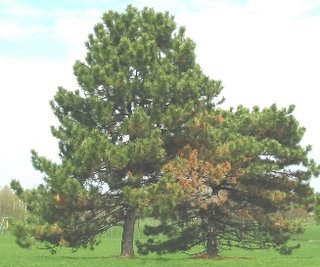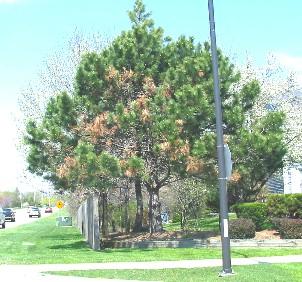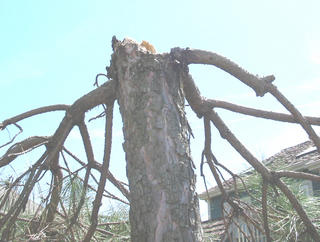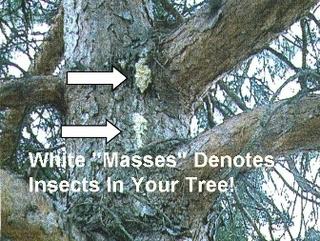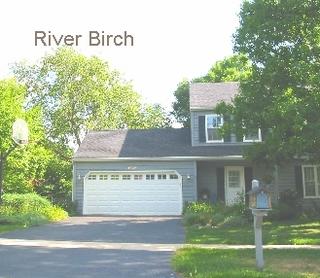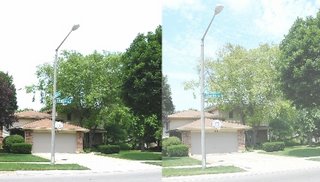 On the right side of the photo is a very large (60+ foot) River Birch that had all yellow leaves from the lack of iron. On June 8, 2006, I injected it with my special iron formula. On June 20th, 2006, only 12 days later you can see the visable effects of the iron.
On the right side of the photo is a very large (60+ foot) River Birch that had all yellow leaves from the lack of iron. On June 8, 2006, I injected it with my special iron formula. On June 20th, 2006, only 12 days later you can see the visable effects of the iron.The tree is now all green and it has produced many more leaves and it's headed for survival. A River Birch with yellow leaves like this one will not "overwinter" and will get "winterkilled" in the spring of 2007. A "healthy green" tree of this size can easily add over $8000 to $10,000 the value of this property.


